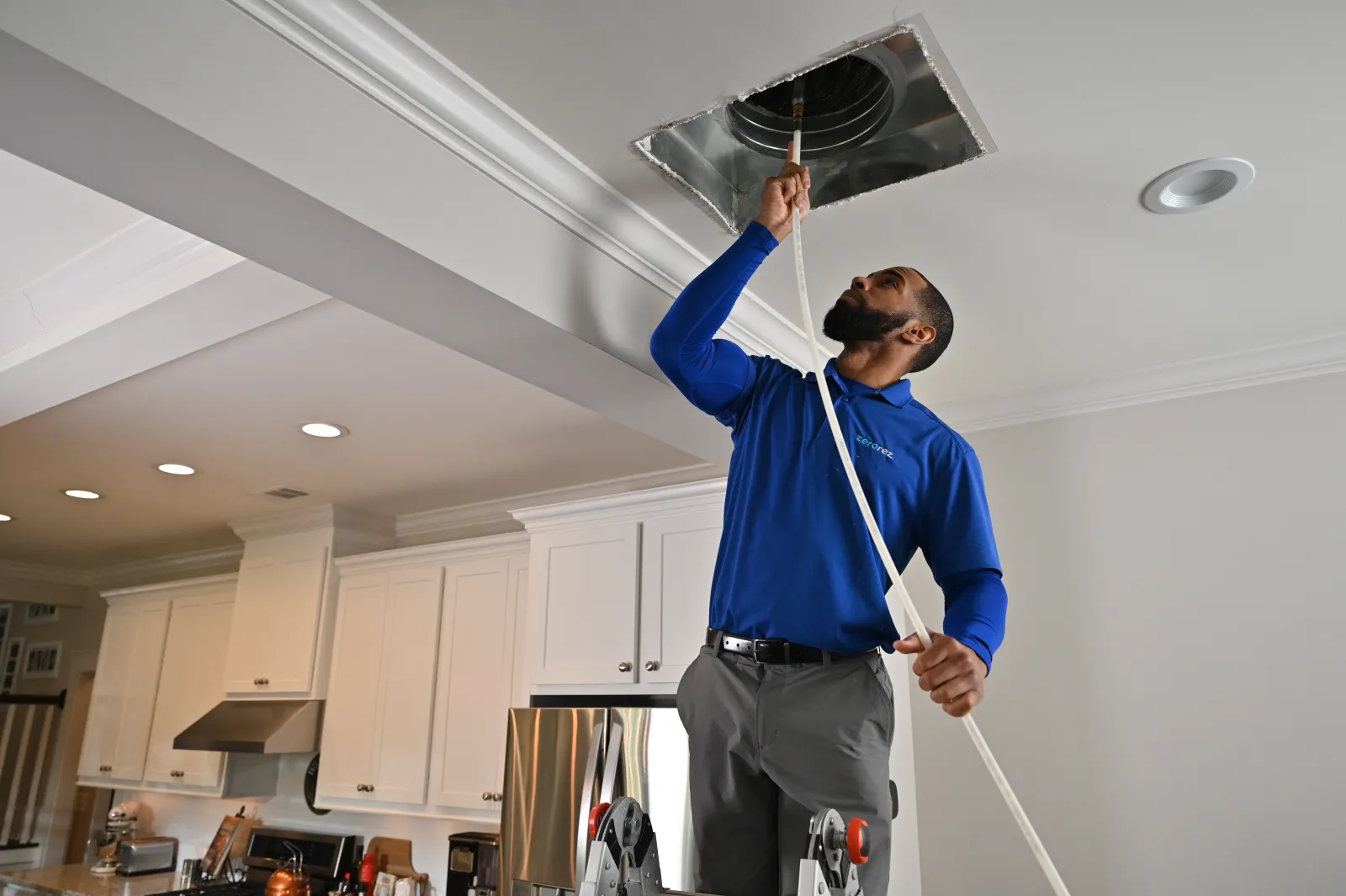Within the modern society, where metropolitan living environments are becoming increasingly compact, discovering effective HVAC solutions for tiny apartments has become a necessity. Knowing how HVAC is and its works can empower tenants and property owners alike to make informed decisions about their climate control and air conditioning needs. With the suitable direction, small apartment dwellers can improve their comfort while also cutting utility bills and boosting indoor air quality.

An efficient HVAC system is essential in keeping a cozy living atmosphere, particularly in smaller spaces that often face unique difficulties. From common problems that might happen to care tips for keeping a system running smoothly, this guide will offer valuable information tailored for those residing in small areas. Whether you are considering a different system or seeking to upgrade your existing configuration, knowing how to pick the right HVAC option can bring all the difference in your compact apartment.
Grasping HVAC Configurations
HVAC refers to Heating, Ventilation, and Air Conditioning, comprising essential components in upholding the comfort and air quality of indoor areas. These systems are designed to manage temperature, humidity, and air circulation, granting a cozy environment throughout the seasons. Whether it's making your apartment warm in the winter or cool in the summer, comprehending how HVAC systems function is essential for executing informed decisions that impact your living environment.
At the core of an HVAC system are three major functions: heating, ventilation, and air conditioning. Heating systems warm the air, while air conditioning systems chill it back. Ventilation is in charge of the exchange of indoor air with fresh outdoor air, vital for ensuring good air quality. All component works harmoniously to create an effective and efficient climate control system tailored to various needs and wants.
For small apartments, selecting the right HVAC system can advance comfort without overloading the space. Options such as ductless mini-split systems or radiant floor heating provide innovative solutions that maximize efficiency while limiting footprint. Understanding his response on the market allows residents to select systems that not only fulfill their heating and cooling needs but also boost overall comfort and energy efficiency.
Optimizing HVAC Effectiveness
To boost the effectiveness of your HVAC unit, it is crucial to start with routine maintenance. This consists of changing air filters, cleaning airways, and planning seasonal tune-ups. A well-maintained system functions more effectively, reducing energy requirement and enhancing air quality. Frequent maintenance checks can spot issues prior to they grow, ensuring your system operates smoothly and lengthening its durability.
In addition to to scheduled maintenance, think about upgrading a intelligent thermostat. Programmable thermostats enable for exact temperature management and can adjust to your schedule, optimizing energy use throughout the period. By setting your thermostat to reduce temperatures during the night or when you are not home, you can significantly lower energy bills while maintaining comfort when it is needed most.
Another efficient way to boost HVAC effectiveness is through appropriate insulation and sealing. Ensure that your apartment is well insulated, giving special focus to windows, doors, and any areas where air might escape. Sealing gaps can prevent conditioned air from leaking out and outside air from entering, resulting in a more stable indoor environment and lower energy requirements. By merging these approaches, you can achieve considerable advancements in HVAC performance and cost savings.
Cutting-edge HVAC Solutions for Limited Spaces
In limited apartments, maximizing space efficiency is essential, and innovative HVAC solutions have emerged to fulfill this need. Mini-split mini-split systems stand out as a favored option, providing both heating and cooling without the need for bulky ductwork. These systems consist of an outdoor compressor and multiple indoor units, allowing residents to manage the temperature of individual rooms. This flexibility not only enhances comfort but also contributes to energy savings, as you can heat or cool only the in-use spaces.
Another innovative solution is the incorporation of connected HVAC technology. Intelligent thermostats enable users to monitor and adjust their heating and cooling settings remotely, learning from daily habits to optimize energy consumption. By utilizing features like geofencing, these devices can automatically adjust temperatures based on whether people is home, thus reducing energy bills while maintaining a comfortable living environment. Additionally, many connected home systems can be connected to air purifiers, effectively boosting indoor air quality in compact spaces.
Small-scale HVAC units are also gaining traction in limited apartments, offering an option for tenants who may not have the ability to install fixed systems. These units come in varied forms, including window air conditioners and portable heat pumps, allowing for quick maneuverability and installation. They provide immediate relief from extreme temperatures without requiring significant renovations, making them ideal for tenants or those in need of flexible heating and cooling solutions in restricted square footage.
